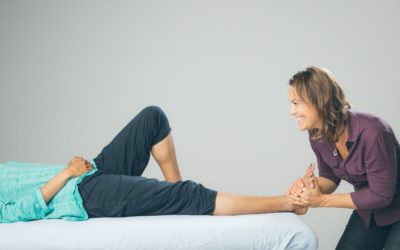Continuing to look closer at Tendinosis
We have already said that tendinosis was a non-inflammatory condition that is characterized by thin, frayed, and fragile tendon fibers. The bundles of collagen are disorganized, less oxygen, fatty cells can be present as well as an increase in small blood vessels and small nerve in-growth.
We have noted that causes can range from large or small traumas, overloading and underloading the tendon, more likely with aged tendons, disuse, denervation, immobilization, compressive forces, changes in weight, activity, frequency of activity, and dysfunction in the joints, muscle or nerve.
But, how do we treat tendinosis?
And this, my interested parties, is where you have to ask, well, what caused the tendinosis. Because, most often, if you just treat the tendon itself and leave the cause untreated, then you are wasting your time and money.
Treat the cause.
Since causes range widely, each person will need to be evaluated individually and given a customize treatment based on their story of injury, overloading, or underloading. It may be simply an activity that can be changed in how it is being done, its frequency, load, or it may be as complex as finding the source of a biomechanical problem in a remote joint that is creating joint, muscle, or nerve dysfunction that overloaded or underloaded the tendon.
Treat the tendon.
Treat it locally and as specifically as possible. If you have access to someone who can perform intervention guided by diagnostic ultrasound, such as cross-friction, trigger point electrical stimulation, or dry needling, then that is great. Otherwise, find an experienced clinician who can be guided by palpation and superior knowledge of anatomy. The aim of tissue specific stimulation is to promote collagen growth in the degenerative portion of the tendon. It is uncertain whether the cross-sectional area can increase in an adult, but it has been shown that the remaining, “normal” tendons fibers can adapt and change their fibrillar structure to increase their load capacity. Docking and Cook (2019).
And, for certain, loading the tendon is going to be a part of your program.
Progressively increase loading through specificity of training through isolated single-joint tasks, magnitude of load, speed, and appropriate recovery periods is important.
Eccentric loading had been recommended for 30 years. However, heavy, slow resistance training is now starting to show similar results as purely eccentric training. Byer (2015).
Find someone who can treat you very specifically, not just go through the motions. And, the more tools of evaluation and treatment they have to use, the better chance of success you have of healing.
You are not a cookie. You do not need a cookie-cutter approach to your healing.
Rebecca Lowe, Integrative Physical Therapist with an advanced specialty training in Orthopedic Manual Physical Therapy and managing director of Manual Therapy of Nashville
References:



0 Comments